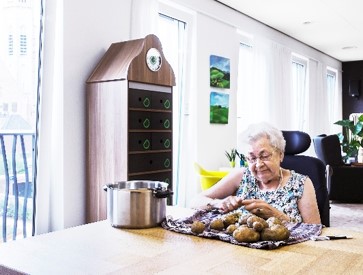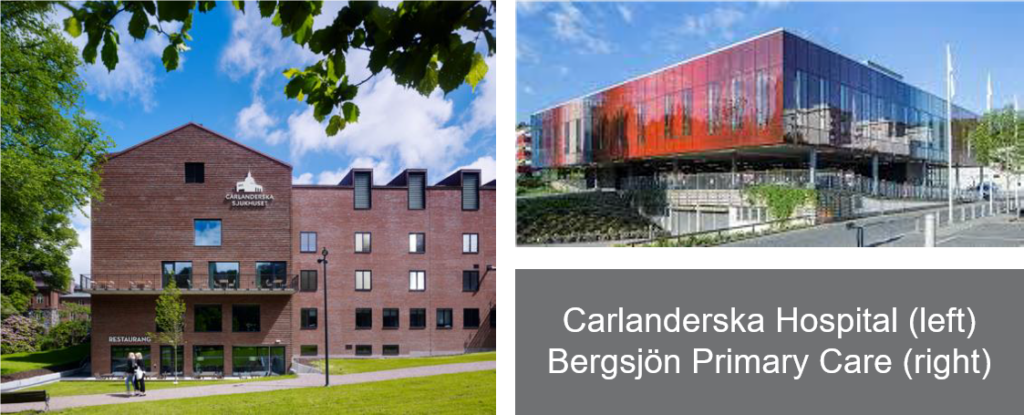
Research and evaluation for care closer to home
 Across Europe, we need health systems focused on care closer to the patient. Chronic illness and multi-morbidity – particularly concerning older citizens – means that care models must respond appropriately!
Across Europe, we need health systems focused on care closer to the patient. Chronic illness and multi-morbidity – particularly concerning older citizens – means that care models must respond appropriately!
Hospitals remain important and valued institutions, but citizens need access to timely intervention and treatment at a more local level. Capital investment needs to shift to meet this demand. In this case, the health estate – the physical infrastructure and the technology of health and healthcare – must also respond and adapt.
What, where, who, and how?
But how do we know what should change and where to invest? What evidence should be used to plan, design, and build the future infrastructure of care? Who is researching the way forward? How are analysis and evidence being used by the policymakers and the professionals with responsibility for the healthcare-built environment? How can we best learn from each other?
These challenges and questions sit at the heart of the 2018 workshop’s themes:
- What is the future for health systems and health infrastructure designed for care closer to home?
- How can we build a strong, pan-European knowledge base to meet this need, using academic research and practitioner experience in a structured way?
Development away from big hospitals
The 86 participants looked at infrastructure development outside the field of grand hospital developments. Thus by concentrating on community hospitals and smaller-scale mental health units, enhanced primary care centers and specialist health secondary care facilities. Cases from Norway, Malta, Scotland, Finland, and other European countries were presented to help us to explore the trends and the challenges.
The audience was a mix of health policymakers, healthcare architects/engineers, health system planners, clinical/medical professionals, capital investment experts, and academic researchers from all over Europe. Popular study tours were made to the Carlanderska Hospital and the Nötkarnan Bergsjön center.
The venue was set at the beautiful Chalmers villa which was used as a bank headquarters for many decades. And during this period the bank’s owners constructed Sweden’s first custom-built safety deposit vault, to hold the valuables and confidential documents of Gothenburg’s merchants. Nowadays the bank vault is on the show as an attractive and history-rich reception area.

Key-note speaker Professor Roger Ulrich, Center for Healthcare Architecture at Chalmers University presented:
“Better by design: guiding principles for health-enabling environments”.
Roger Ulrich is Visiting Professor of Architecture at Chalmers and professor emeritus of architecture at Texas A&M University. He is the most frequently cited researcher internationally in evidence-based healthcare design. He received the title Change Maker of the Year 2015 due to his contributions to this field of research.
Thank you all for a very interesting and educating few days on health systems and infrastructure of care closer to home. We learned so much from each other’s examples. And sometimes new ideas come from unexpected sources – South Karelia (Finland)!
Maria Quinn, Concept Developer Healthcare, Sweden
This article is a summary of the 2018 Workshop in Gothenburg, Sweden, 25-27th September


